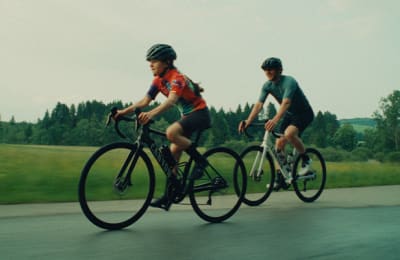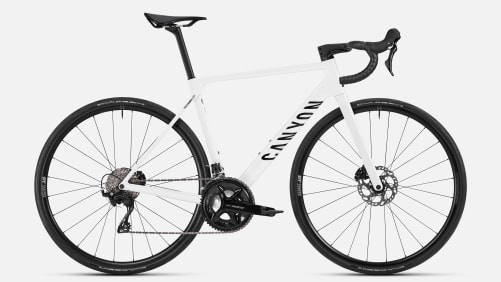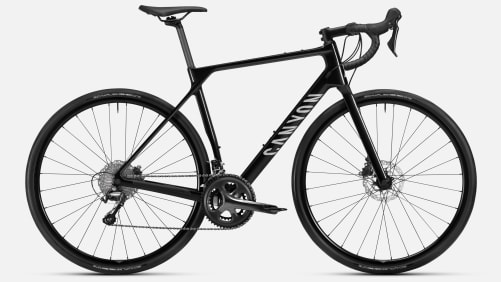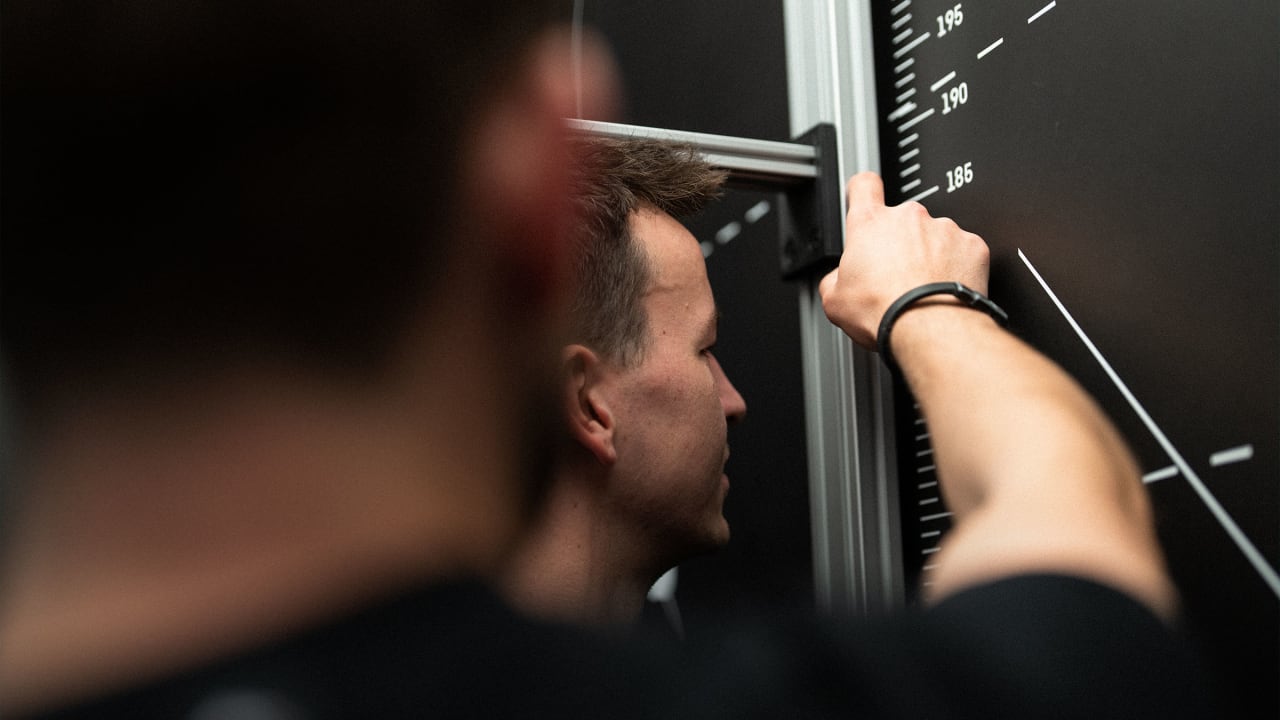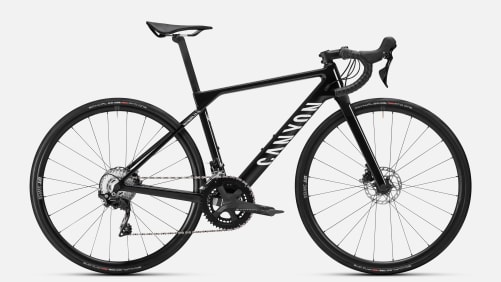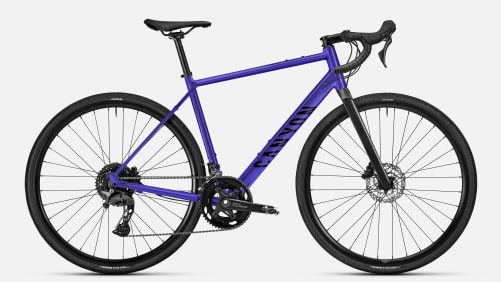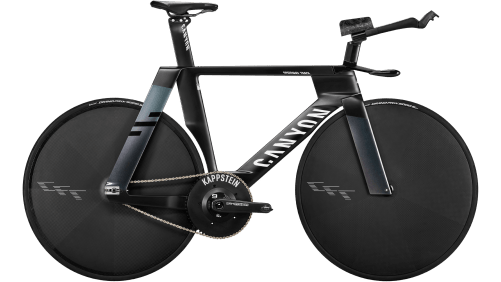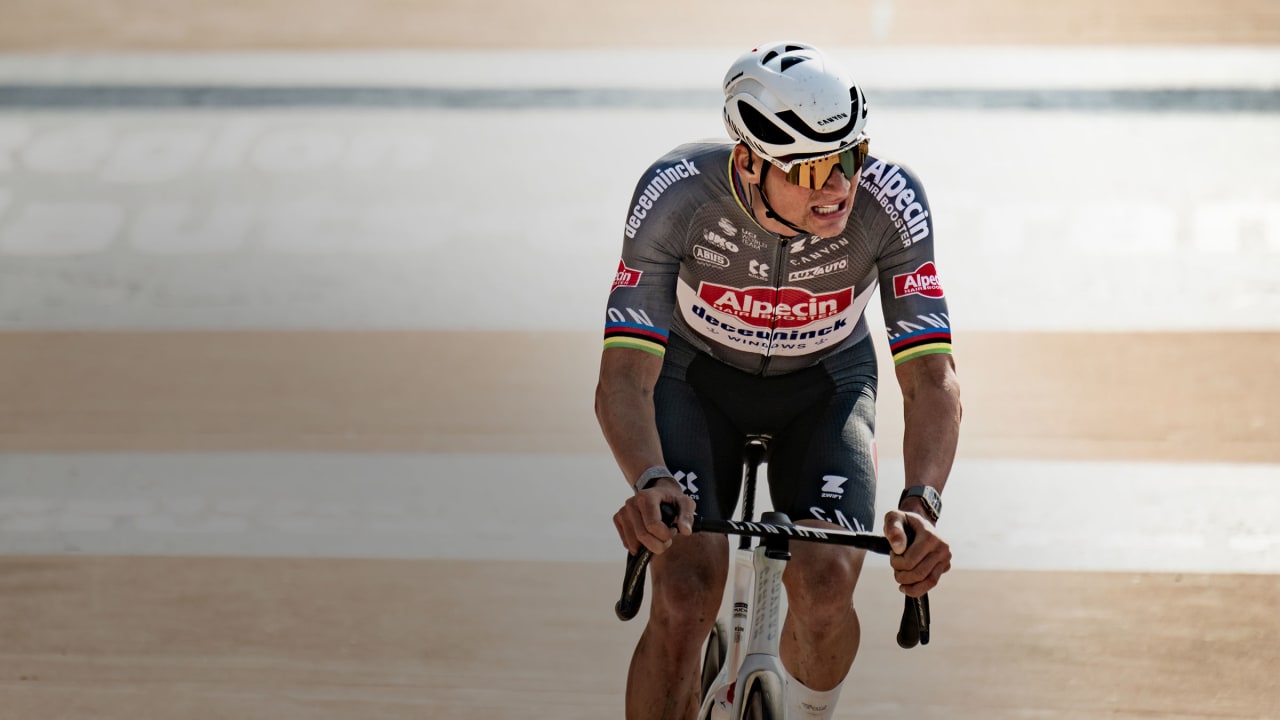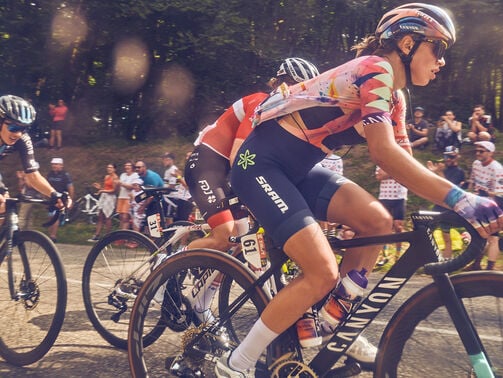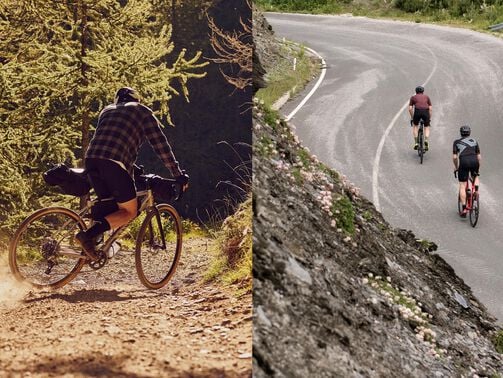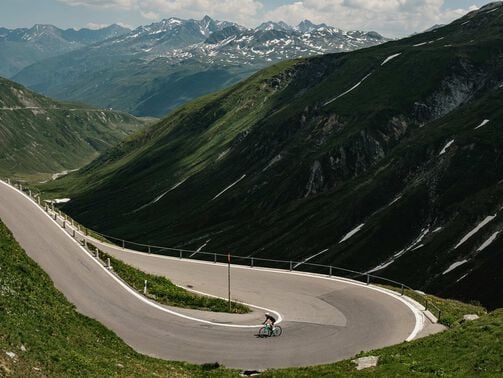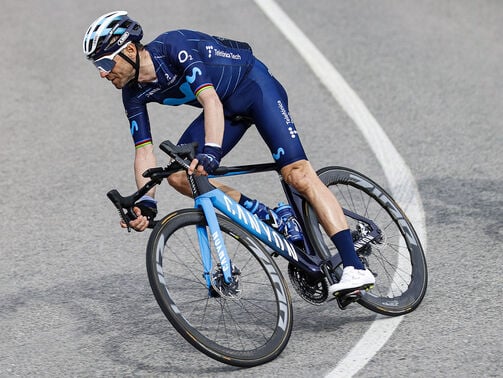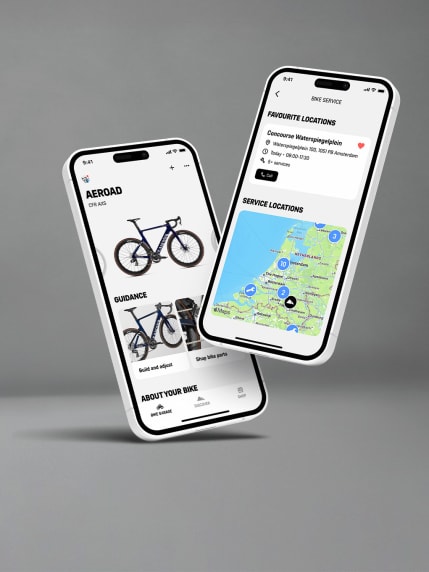
Road bikes
-
2,249 US$
-
2,449 US$
-
1,799 US$
-
Road or Gravel Bike Finder
We’ll help you find your dream road or gravel bike, in a flash. -
2,049 US$Original price
2,949 US$You save 900 US$ -
3,149 US$Original price
4,449 US$You save 1,300 US$ -
Find your Canyon size
-
1,299 US$
-
1,999 US$
-
11,749 US$
-
999 US$
-
19,600 US$
-
3,949 US$
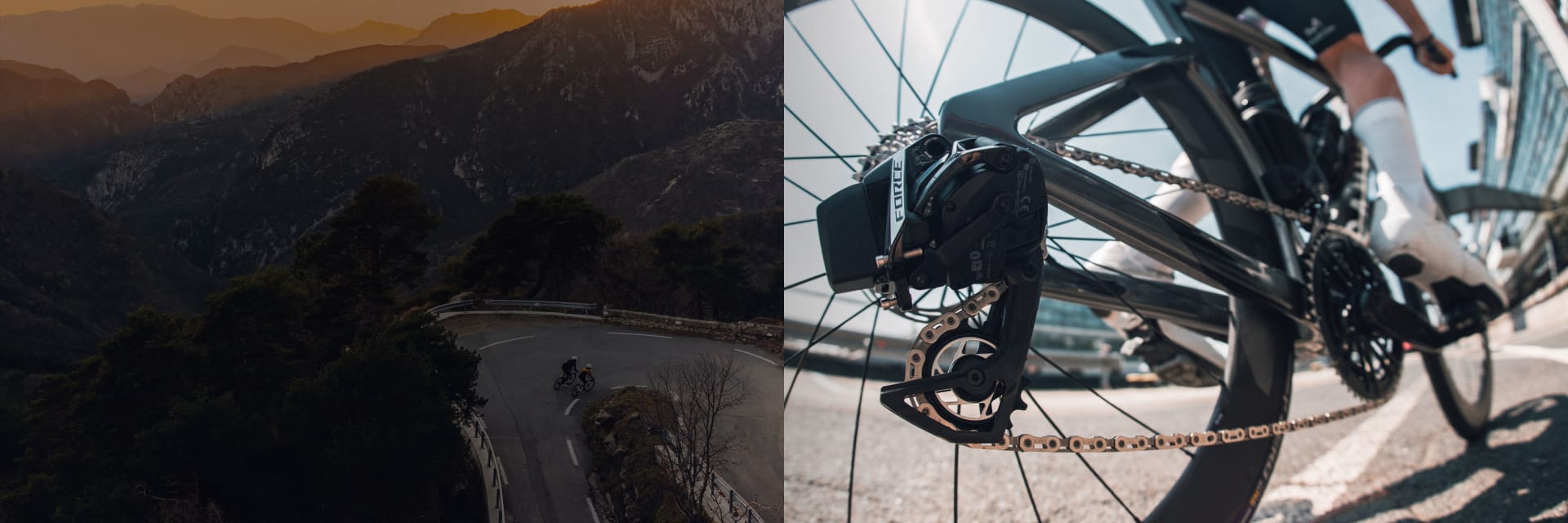
Related Categories
What makes a top-notch road bike?
A road bike is designed for maximum speed and efficiency on paved roads. With its lightweight frame, narrow tyres and aerodynamic geometry, it offers optimal power transfer and minimal air drag. When you buy a Canyon road bike online, you'll enjoy high-quality materials, cutting-edge technology and exceptional value for money. Whether you're a weekend rider or professional racer, we have the perfect model to match your road cycling ambitions.
How to choose the right road bike frame material: Carbon vs. Aluminium
The frame material you select dramatically shapes your road bike's ride quality, comfort level and overall weight. At Canyon, we develop both carbon and aluminium frames, each with their own distinct benefits.
Carbon frames are denoted in our naming system by CF, CF SL, CF SLX or CFR. Carbon delivers exceptional lightness and stiffness while effectively absorbing road vibrations. Different carbon grades offer varying weight, stiffness and price points, allowing carbon road bikes to be precisely tuned for specific riding characteristics. Our top-tier Canyon Factory Racing (CFR) models utilise cutting-edge carbon fibres and manufacturing processes to achieve uncompromising performance at minimal weight.
Aluminium frames, marked by the AL designation, stand out for their toughness, longevity, and value. Aluminium road bikes provide responsive power transfer and better withstand impacts during crashes or transport. We use premium aluminium alloys to ensure optimal stiffness while keeping weight down.
Choosing between carbon and aluminium ultimately comes down to your budget, riding style and personal preferences. Newcomers to road cycling and value-conscious riders will find aluminium frames provide excellent performance, while more committed cyclists will appreciate the performance benefits that carbon frames deliver.
Overview of road bikes
We take pride in our diverse collection of road bikes available to purchase online. While all our models prioritise lightweight design, each category features unique characteristics tailored for specific riding conditions and cycling disciplines.
Endurance road bikes
Our Canyon Endurace is the ultimate road bike for long rides and cycling marathons. Its comfort-focused geometry creates a more relaxed riding position to reduce strain on your lower back, while the extended wheelbase and longer chainstays deliver enhanced stability at high speeds and over rough surfaces. Select models feature our innovative VCLS seatpost (Vertical Comfort Lateral Stiffness) with patented leaf spring technology that efficiently dampens vibrations and absorbs impacts.
With generous tyre clearance of up to 35 mm, the Endurace offers exceptional comfort and versatility – confidently handling light gravel when your journey demands it. Despite prioritising comfort, this endurance road bike delivers remarkable speed and efficiency, making it the ideal all-rounder for ambitious amateur cyclists.
Race bikes
The Canyon Ultimate perfectly balances lightness, stiffness, and comfort in one exceptional package. This versatile race bike performs brilliantly across flat terrain and challenging climbs alike. Its sporty geometry enables a more aerodynamic position than the Endurace whilst maintaining comfort during extended rides. With tyre clearance of up to 32 mm, it confidently handles light gravel excursions when your route demands it.
Riders love the Ultimate for its responsive power transfer and precise handling characteristics. The aerodynamic D-shaped seatpost enhances both speed and comfort. As the quintessential all-rounder in our race bike lineup, the Ultimate is the definitive choice for cyclists seeking a fast, lightweight and adaptable road bike.
Aero bikes
Our Canyon Aeroad is designed for maximum speed. We've optimised every element to slice through the air with minimal resistance. The streamlined tube shapes, integrated cockpit and aerodynamic seatpost provide measurable time advantages. Despite this uncompromising focus on aerodynamics, the Aeroad still accommodates tyre clearance of up to 30 mm.
Remarkably agile and responsive, the Aeroad excels in criteriums, sprints and time trials. Its aggressive geometry builds on the Ultimate's racing DNA but pushes further into pure aerodynamic efficiency. For dedicated speed hunters and competitive racers constantly chasing faster times, this aero bike is the perfect choice.
Triathlon bikes
We designed the Canyon Speedmax series for triathlon and time trials (TT). With extreme aerodynamics, integrated hydration and nutrition systems, and an aggressive geometry that promotes a flat upper body position, it's engineered purely for speed. The aerodynamic extensions with base bars enable that crucial streamlined riding position where every watt counts.
The Speedmax is the fastest road bike in our portfolio and the choice of many professional triathletes and TT specialists. It excels in races against the clock where every second counts. For those seeking peak performance in track cycling, we've also developed the Speedmax Track.
Cyclocross road bikes
For cyclocross racing (CX), we've developed the Canyon Inflite. Its distinctive frame design, enhanced ground clearance and specialised geometry excel on technical courses with obstacles, mud and changing surfaces. The generous tyre clearance accommodates aggressive treaded tyres for maximum grip in challenging conditions. Perfectly balancing speed with durability, the Inflite stands as the road bike of choice for dedicated cyclocross competitors and enthusiasts seeking elite performance beyond the tarmac.
Which drivetrain is best for a road bike?
Choosing the right groupset is crucial for your road bike's performance. We primarily fit Shimano and SRAM components, each with distinct advantages.
Shimano groupsets (Tiagra, 105, Ultegra, Dura-Ace) deliver precise shifting, exceptional reliability and intuitive operation. Their electronic Di2 systems offer lightning-quick gear changes with minimal maintenance. Shimano particularly excels at front chainring shifts – remaining smooth and reliable even under heavy pedalling load.
SRAM groupsets (Rival, Force, Red) feature innovative technology, lighter weight and ergonomic design. Their wireless eTap AXS technology simplifies installation and maintenance while creating a cleaner aesthetic. SRAM also offers wider gear ranges and 1x drivetrain options (single chainring), though these remain less common on road bikes.
Your budget, riding style and preferences should guide your groupset choice. Beginners will find Shimano Tiagra/105 or SRAM Rival ideal, while ambitious cyclists will appreciate electronic systems like Shimano Di2 or SRAM AXS.
How to choose the right road bike: Size and geometry
Finding the correct frame size and geometry is essential for comfort, performance, and injury prevention. Our Perfect Positioning System (PPS), uses a sophisticated sizing system that analyses your unique body measurements to recommend your ideal bike fit. For more details, take a look at our road bike geometry guide.
Choosing wheels and tyres
Wheels and tyres profoundly influence your road bike's performance, weight, and aerodynamics. We equip our road bike models with high-quality wheels that match their intended use.
Tyre width significantly impacts comfort, grip, and rolling efficiency. Wider tyres run at lower pressures enhance comfort and improve performance on rough surfaces by absorbing vibrations more effectively.
When selecting wheels and tyres, consider your typical riding conditions, personal style and priorities. Choose wider tyres with lower pressure for rough roads and endurance rides, while narrower, more aerodynamic options excel in competitive situations, where pure speed matters most.
Road bikes for women and men
We intentionally design our road bikes with a unisex geometry suitable for all genders. Instead of creating separate women's and men's road bikes, we concentrate on accommodating the individual body proportions of each rider.
Our approach offers consistent frame geometry across multiple sizes to fit diverse body types. We carefully scale contact points – saddles, handlebars, and crank lengths – proportionally with each frame size to deliver optimal comfort and efficiency for every rider.
Our comprehensive range of saddles includes women-specific models engineered for female anatomy. We also account for typical proportional differences when specifying handlebar widths and crank lengths across our size range.
The PPS size calculator analyses your height and inseam length to recommend the perfect frame size and component setup – regardless of gender – ensuring your bike fits you perfectly.
How much should I invest in a good road bike?
Road bikes span a wide price spectrum, with costs varying based on frame materials, component quality and wheelsets. Our direct-to-consumer business model allows us to deliver exceptional value across all price points.
- Entry-level road bikes - approximately €800–1,700: These lightweight bikes provide an excellent starting point for newcomers and value-conscious riders.
- Mid-range models - approximately €1,700–3,400: These bikes strike a perfect balance between performance and affordability.
- High-end models - approximately €3,400–5,100: These bikes deliver premium performance for dedicated cyclists.
- Premium models - over €5,000: With ultralight frames, top-tier components (Shimano Dura-Ace Di2, SRAM Red AXS) and world-class carbon wheels, these road bikes provide professional-level performance without compromise.
When choosing your ideal road bike, consider not just your current budget, but also your riding ambitions and long-term goals. While investing more initially often yields benefits in durability, reduced weight and enhanced comfort, we're proud to offer exceptional performance-to-price ratio across our entire range.
Why a Canyon road bike is the right choice for you
Buying a road bike means investing in speed, efficiency, and riding enjoyment. Whether you're an ambitious amateur, fitness enthusiast, or competitive racer, a Canyon road bike has numerous advantages:
- Speed and efficiency: With the increasing tyre clearance of modern road bikes (up to 35 mm on the Endurace), you can easily handle light gravel paths and uneven roads. Today's models are no longer limited to perfect asphalt.
- Versatility: Road cycling is an excellent endurance workout with minimal joint stress. You improve your stamina, strengthen your cardiovascular system and build muscle – all while soaking in the scenery.
- Health and fitness: Road cycling connects people from local riding groups and cycling clubs to organised events and amateur races – you’ll join a passionate community.
- Community: Road cycling connects people from local riding groups and cycling clubs to organised events and amateur races – you’ll join a passionate community.
- Adventure and discovery: Your road bike becomes a passport to exploration. The perfect blend of speed and range opens exciting possibilities for day trips and multi-day adventures in new territories.
Thanks to our direct-to-consumer approach, cutting-edge technology and exceptional value, our portfolio remains accessible to everyone. Whichever model you select, a Canyon road bike will inspire you to achieve new personal bests and deliver years of cycling enjoyment.



